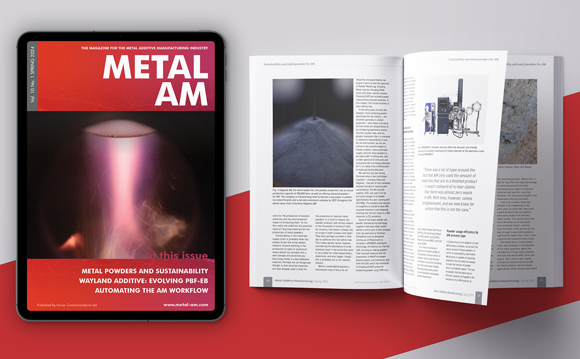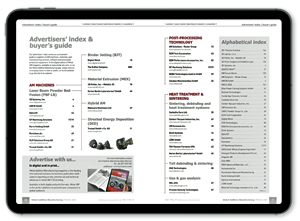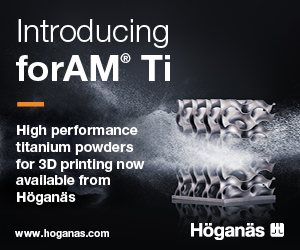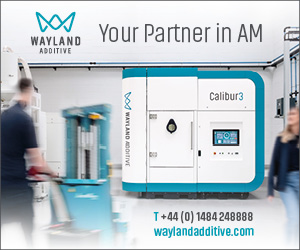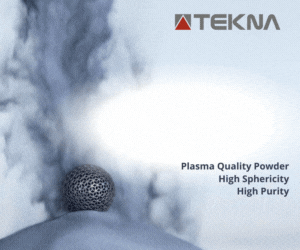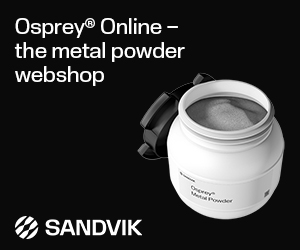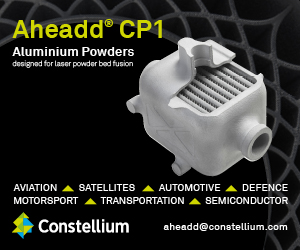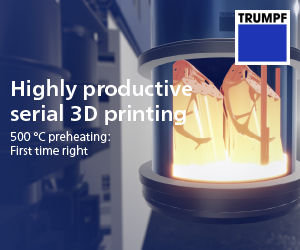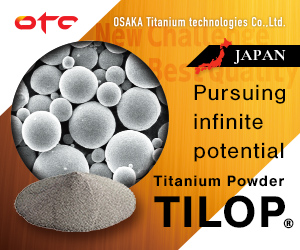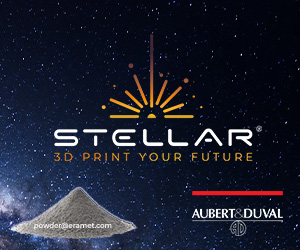ADAPT researchers publish paper on the Additive Manufacturing of shape memory alloys
December 4, 2019
Researchers from the Alliance for the Development of Additive Processing Technologies (ADAPT), headquartered at Colorado School of Mines in Golden, Colorado, USA, recently published a paper in Science magazine on the ‘Fatigue-resistant high-performance elastocaloric materials made by Additive Manufacturing’.
The paper documents the Additive Manufacturing of a highly efficient and eco-friendly elastocaloric cooling material composed of several different phases made from nickel and titanium. The work is the result of a collaboration led by researchers from the University of Maryland (UMD), together with Ames Laboratory, Colorado School of Mines, Xi’an Jiaotong University and Iowa State University.
Cooling technology, used in refrigeration and HVAC systems around the globe, is a multibillion dollar business. However, vapour compression cooling, which has dominated the market for more than 150 years, has plateaued where efficiency is concerned, and relies on chemical refrigerants with high global warming potential.
Solid-state elastocaloric cooling, where stress is applied to materials to release and absorb (latent) heat, has been under development for the last decade and is a front-runner in alternative cooling technologies. Shape memory alloys have been found to display a significant elastocaloric cooling effect; however, the presence of hysteresis – work lost in each cycle, which causes materials fatigue and eventual failure – remains a challenge.
To that end, an international team of collaborators led by UMD Materials Science and Engineering Professor Ichiro Takeuchi has developed an improved elastocaloric cooling material using a blend of nickel and titanium metals, processed by metal Additive Manufacturing, that is said to be potentially more efficient than current technology, but is eco-friendly. It can also be quickly scaled for use in larger devices.
The key finding of the research presented in the paper is that, while elastocaloric materials typically used for solid-state cooling show a degradation in cooling behaviour after hundreds of cycles, processing these metals by Laser Powder Bed Fusion (L-PBF) creates fatigue-resistant nanocomposite microstructures that can cycle, with consistent cooling capacity, a million times.



